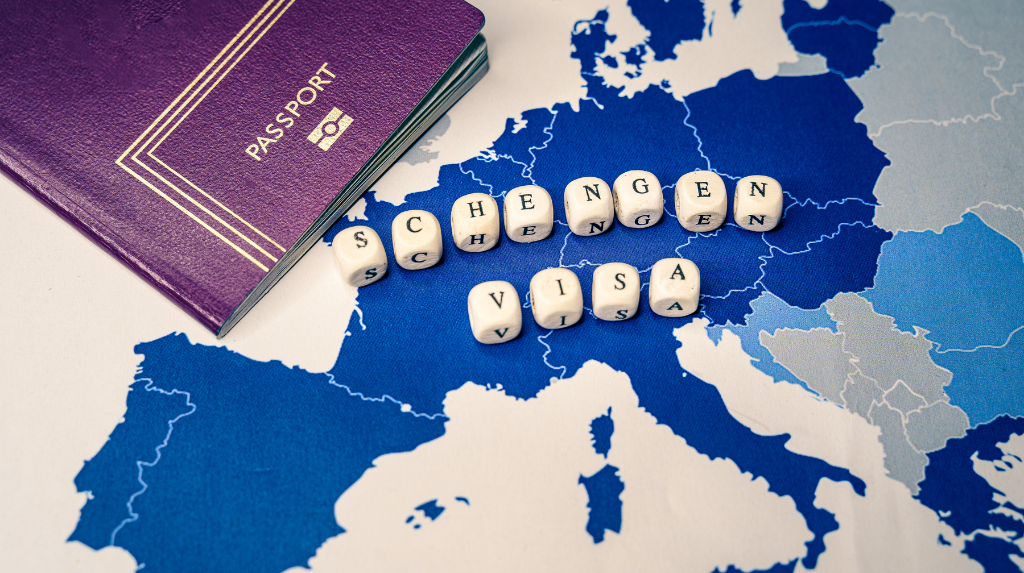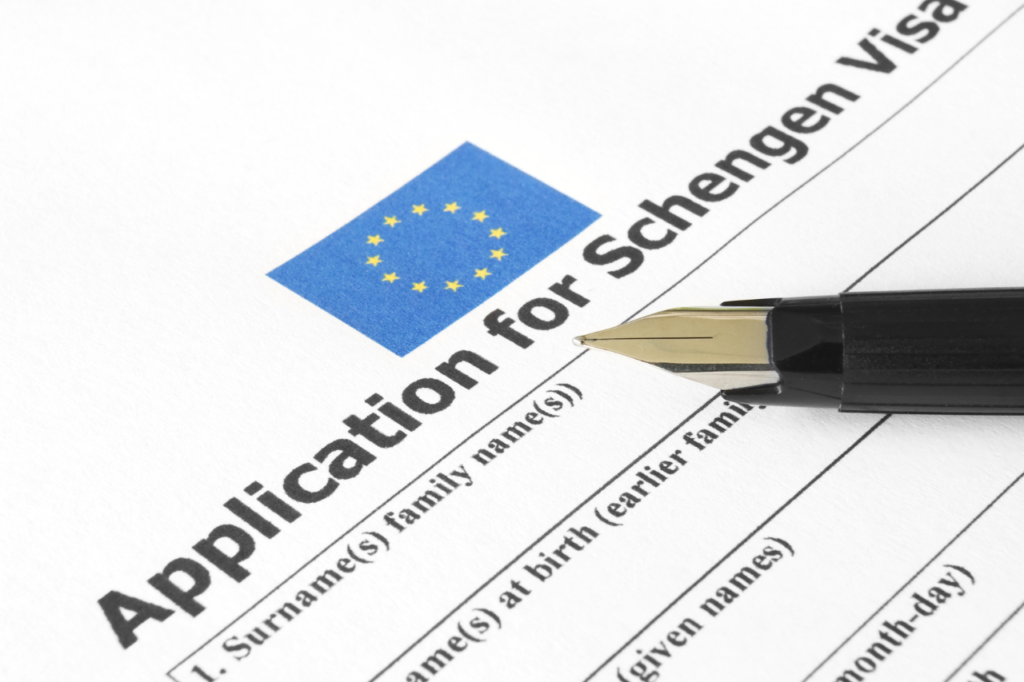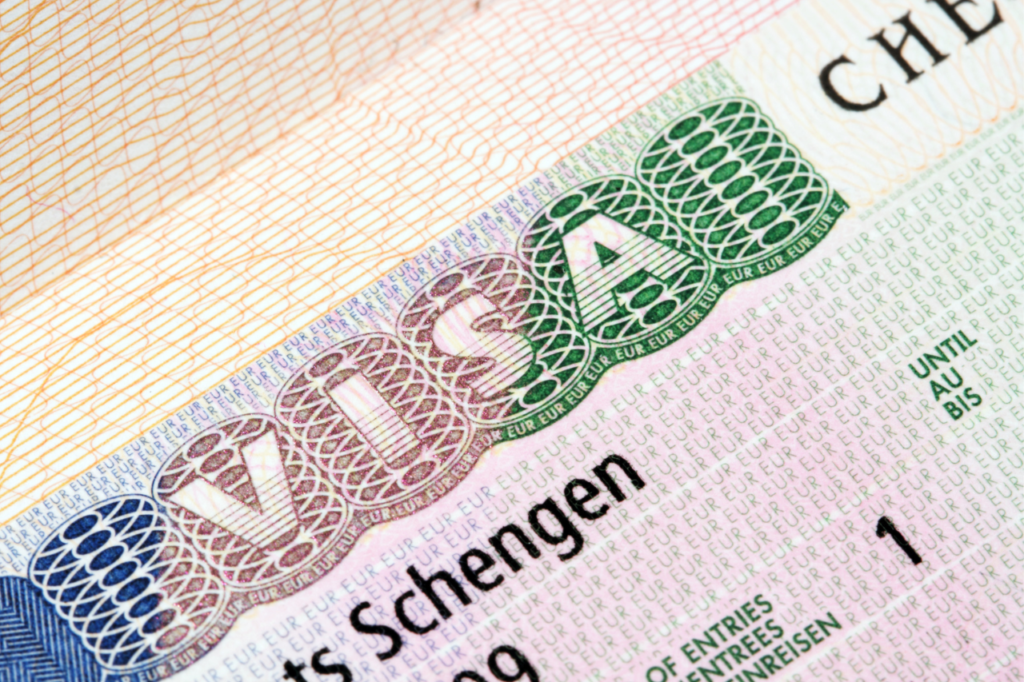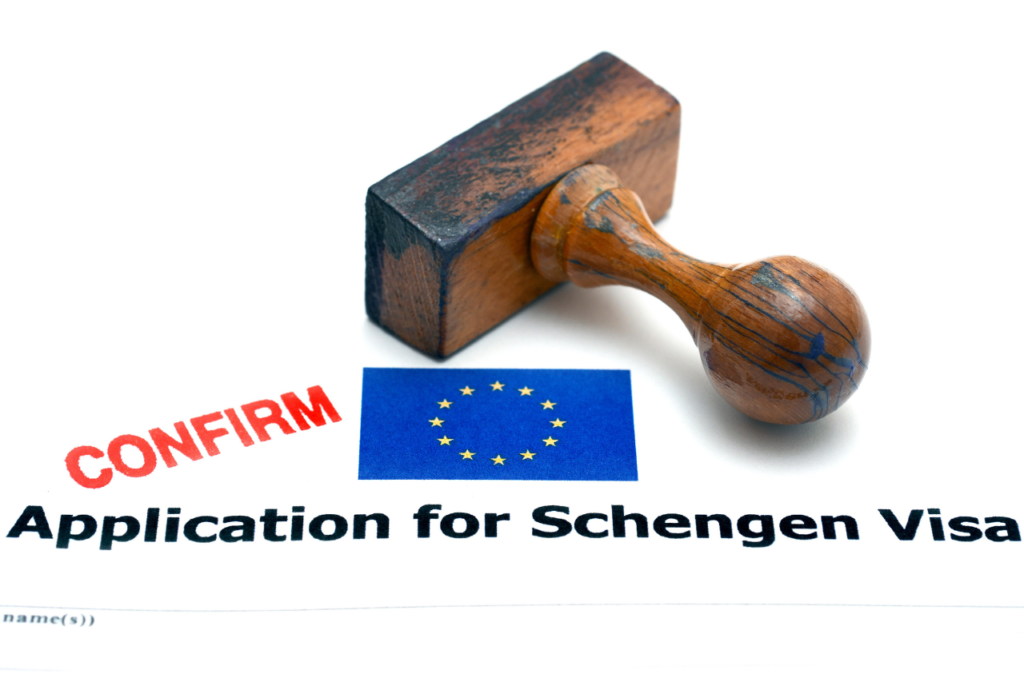For travel in the Schengen Area, knowing the different visa types and their validity is crucial. This guide explores the visa types, purposes, validity periods, and associated rules.
Uniform Schengen Visas
It allows you to travel and stay in Schengen Area countries for up to 90 days within six months from your entry date. It’s ideal for tourism and business, offering access to diverse cultures and economic opportunities in the Schengen Zone.
Types
“A” Category: Airport Transit Visa
This visa is for travelers transiting through a country’s airport without entering the Schengen Area. It’s required for those changing flights between non-Schengen states at a Schengen airport.
“C” Category: Short-term Visa
This category includes short-term visas and There are three types:
- Single-entry Visa: Allows one entry within a specific period.
- Double-entry Visa: Allows re-entry to the Schengen Area after leaving once.
- Multiple-entry Visa: Allows multiple entries into the Area within the 90/180 rule.
Understanding Visa Validity and Duration of Stay
- Duration of Stay: This is the maximum number of days a visa holder can spend in the Schengen Area. The count starts from the day of entry, known as “Day 1,” regardless of entry time. The day of departure is considered the “Last Day,” even if departure is shortly after midnight.
- Visa Validity: This indicates the period during which the visa can be used to enter and stay in the Schengen Area. For example, if a visa is valid from January 1 to January 20, the traveler can enter on any day within this time frame.
Multiple-entry Schengen Visas
It allows travelers to enter and exit the country multiple times within a set period. It’s ideal for frequent visitors to the Schengen Zone for various reasons.
Types of Multiple-entry Visas
- 1-year Visa: This visa is available to those who have used three visas lawfully in the previous two years. It allows for multiple entries with a maximum stay of 90 days within a specified period.
- 3-year Visa: Granted to individuals who have previously held a one-year multiple-entry visa and complied with its conditions within the past two years. This visa permits multiple entries for over three years, with a limit of 90 days within a year.
- 5-year Visa: Issued to those who have lawfully used a two-year multiple-entry visa within the preceding three years. With this visa, travelers can enter any of the 27 countries as frequently as desired over five years, adhering to the 90/180 rule for stays.
Understanding the 90/180 Rule
The 90/180 rule is important for multiple-entry visas. It means you can stay in the Schengen Area for up to 90 days within any 180 days, regardless of your visa’s validity or number of entries.
Beyond Short Stays
In addition to short-stay Schengen visas, there are “D” visas known as national visas. These visas are for studying, working, or permanent residence in a specific Schengen country. National visas have specific benefits and requirements suited to different purposes.
Single-entry and Multi-entry National Visas
This visa comes in two primary types, each serving different travel needs:
- Single-entry: This visa is suitable for individuals requiring temporary residence for a specific purpose and duration, after which they intend to return to their home country.
- Multi-entry: Granted to individuals who need frequent travel between their home country and a country. This visa allows multiple entries into and exits from the Schengen Area without the need for additional visa applications or requirements.
Eligibility and Criteria
- Individuals enrolled in international student programs lasting up to one year are eligible for this visa type.
- Those undertaking a complete study program in a Schengen country can obtain a one-year visa with the possibility of an extension.
- Individuals employed as educators or researchers at higher institutions in a Schengen country, along with their close family members, qualify for this visa.
- Professionals traveling within the Schengen Area for purposes such as sports, arts, or other professions can apply for this visa.
- In cases where medical conditions prevent timely departure from the Schengen Area, individuals can be granted a multi-entry visa.
Purpose-based Visa Types
When applying for this visa, travelers must specify their purpose of entry, which determines the type of visa issued and its associated privileges. Here are various purpose-based visa categories:
- Airport Transit: Designed for travelers transiting through a Schengen airport’s international zone without entering the Area.
- Tourism: Intended for individuals exploring the cultural and historical attractions of the Schengen Zone.
- Transit: Specifically for foreign seafarers making brief stops in Schengen seaports.
- Visiting Family or Friends: Issued for visiting relatives or friends legally residing in the Area.
- Business: Tailored for frequent business travelers needing expedited visa appointments, especially during peak seasons.
- Journalists & Reporters: For press members attending events or covering stories in the Schengen Area.
- Official Visit: Granted to individuals on official duties within the Schengen Zone.
- Medical Reasons: Provided to those seeking medical treatment within the Schengen Area.
- Study Purposes: For attending educational institutions or entrance exams in the Schengen Zone.
- Cultural, Sports, and Film Crews: For performers, artists, or professionals attending events in the Schengen Zone.
- Other: Accommodates purposes not covered by the above categories, requiring a brief explanation during the visa application.
Extension and Compliance
Extending a short-stay visa is possible under specific circumstances, such as late entry, humanitarian reasons, force majeure, or important personal reasons.
Understanding the 90/180 Rule
This rule means you can stay in the Schengen Area for up to 90 days within any 180 days. It’s important to track your days carefully, as this period continuously rolls and is not fixed.
Visa Sticker
All information about your visa, including its validity and duration, is on the visa sticker in your passport.
Understanding different Schengen visa types and their validity is crucial for seamless travel in the Schengen Area. Whether you’re visiting as a tourist, for business, or study/work, knowing the visa categories empowers you for your European journey.
How Law and Visas Can Help?
At Law and Visas, our team of expert immigration consultants is here to make your travel to the Schengen Area straightforward and successful. Whether you’re applying for a Multiple-Entry Schengen Visa or a National Visa, we handle every step—from preparing your application to gathering the required documents.
Our Immigration Consultants and Lawyers ensure that your application meets the highest standards, with no details missed. We’ll also keep you informed throughout the process and coordinate with the immigration office or embassy on your behalf.
Law and Visas have a strong record of helping clients secure the visas/permits they need to visit Schengen Area. You can call us today at +234 812 5505 986 to learn how we can help you.





